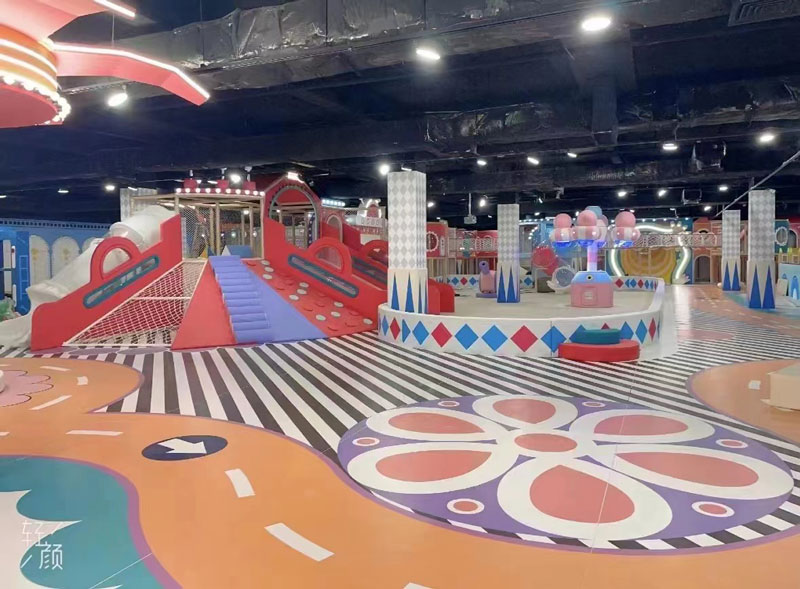For children on the autism spectrum, play is not only a form of entertainment, but also an important way to develop social adaptability. Small decisions in playground design often determine whether they are included, rather than excluded. By deeply studying the sensory characteristics and behavioral patterns of the autistic population, we can build supportive play spaces so that every child can enjoy the fun of play in a safe and predictable environment.

Benefits of playgrounds for children with autism
Playgrounds provide children with autism with multi-sensory stimulation, a structured yet flexible environment for social interaction, and opportunities for physical activity that enhances motor skills and sensory integration. Sensory-rich elements help regulate sensory processing challenges, while peer interaction in a play environment promotes communication, emotional expression, and social skill development, contributing to overall emotional well-being and cognitive development.
1. Physical safety design
Material selection: Use food-grade plastics, antiseptic wood or medical-grade silicone, and avoid materials containing phthalates such as PVC. Metal parts need to be rust-proofed, and sharp edges need to be edged with soft materials. Set a rubber buffer layer on the ground to reduce the risk of injury to children
Detailed protection: All edges and corners are rounded to avoid right angles or sharp angles. Control the gap between equipment to prevent children from getting pinched
Fence your children: Ensure their safety by adding fences around the playground to prevent them from running around due to overexertion.
2. Sensory regulation priority design
Dynamic threshold management: Set up sensory devices with adjustable intensity to allow children to choose the intensity of stimulation independently. Combine natural elements to provide gentle sensory input.
Zoned noise reduction technology: Use sound-absorbing floor mats (EPDM) and sound-proof green plant walls to control the noise in the activity area below 60 decibels, helping children to quickly regain calm.
3. Provide balance activities
Since balance and other gross motor skills can be a challenge for children with autism, time spent on the playground is particularly beneficial for these children. Playground activities can provide a rewarding and fun way to practice these skills. Even without any equipment, children can practice balance by playing hopscotch or walking along the path.
To further encourage this practice, arrange a variety of balance activities on the playground. The goal is different levels of difficulty, from sitting balance to standing balance, and even maintaining balance while moving. Balance training activities may help children with autism and increase their confidence when leaving the playground.
4. Operational safety and security
Emergency plan: Each area is equipped with an emergency call button, which is directly connected to the central control room. The backup power system can maintain the operation of lighting and monitoring equipment for ≥2 hours.
Staff training: Staff members need to pass ABA (Applied Behavior Analysis) basic training and master crisis intervention skills.
Equipped with a first aid kit,
Children with autism deserve vibrant play spaces where they can be themselves and grow in confidence and ability. If you want to make your playground more inclusive, the experts at NingKe can help. We have a wide range of inclusive equipment to choose from. Contact us today to discuss your needs for a play equipment design consultation.

GET A QUOTE